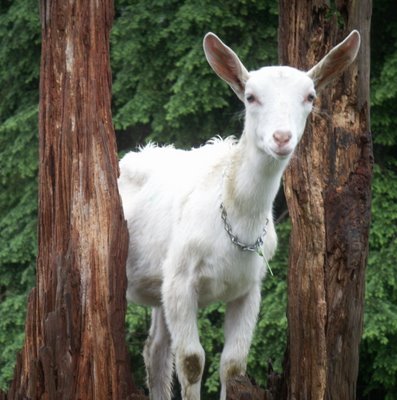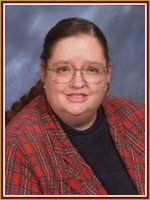So much to do....
Spending days in a dark room working with master colorist Tim Maffia (believe me, no one gives him any grief with that name!) at Modern Digital post production studios on our film THE WHOLE TRUTH has been so much fun, but so very much work! Hour after hour, looking for every teeny tiny detail that needs some sort of color adjustment.
Adjustments to things like on screen eyes that have been the victim of shadowization ... the eyes of our actors can't be clearly seen because they're in shadows - they have to be lightened (film acting is all about the eyes!); areas that are too bright that need to be "crushed," or darkened. Matching room color tones that don't match on their own because each part of a room has been shot on different days. There are many more hue, glow, density, tint, saturation and luminosity details that need attention, but those are the big ticket items.
These sorts of things are normal in color correcting a film - and there are thousands of tiny details that need attention - brightened, darkened, even made a different color.
The more experienced your colorist, like Modern Digital's Tim, the faster this extraordinarily tedious, technical and artistic work can be accomplished.
DP Paul Mailman joined us for a few days; producer Larry Estes did as well. The decisions are the final call of the director (um, that's me), but it's always good to have a fresh pair of eyes on hand.
Tim will work all day tomorrow following notes I left as well as taking care of a bazillion technical issues like "dust busting" - getting rid of nearly microscopic pieces of dust that made their way onto the film.
I have to say, the film really looks fantastic. I think all our actors and crew will be proud to have participated in this project.
Meanwhile I started working with our post production sound crew Mike McAuliffe and Dave Howe last Tuesday at Bad Animals Sound Studio.
That's where top folks do their film sound tracks, major musicians and bands record, lots of voice work for movies, TV, radio and all sorts of media, music and personal sound projects are done.
Sean Penn post-produced his soundtrack for his award-winning feature Into The Wild there.
Every sound other than the words uttered by actors our film are infused into the sound track. Sound sources come from recording them live on our film sets, creating "wild sounds" in the areas we shoot, and creating them (called Foley). Bad Animals' Foley artist is Jamie Hunsdale.
Editor Stephen Myers and I also created some Foley (created) sounds for the film while we were editing. I have to say, this is one of the most fun parts of the otherwise incredibly tedious, detailed and time consuming process of post production for me. Coming from a background working in radio once upon a time makes a big difference.
I co-wrote and acted in a daily radio comedy series for a radio station at a Washington state university I attended, which received a national writing award, as well as acted in weekly radio plays when I attended Syracuse University. In addition to performing numerous vocal roles at both places, we had to come up with ways to make sounds of the drama or comedy we were performing.
Time to rest the peepers - I have to get ready for a trip to LA to work with the two lead actors in the new screwball comedy script I'm developing (that means doing research while I'm writing it and putting all the pieces together), SPARE CHANGE.
We'll be shooting it after completing post production on THE LONELY GOATHERD - which we're shooting after we complete production on THE WHOLE TRUTH.
Yes, I'm working on three feature films simultaneously.
Doesn't everyone?
Labels: The Whole Truth shooting blog



